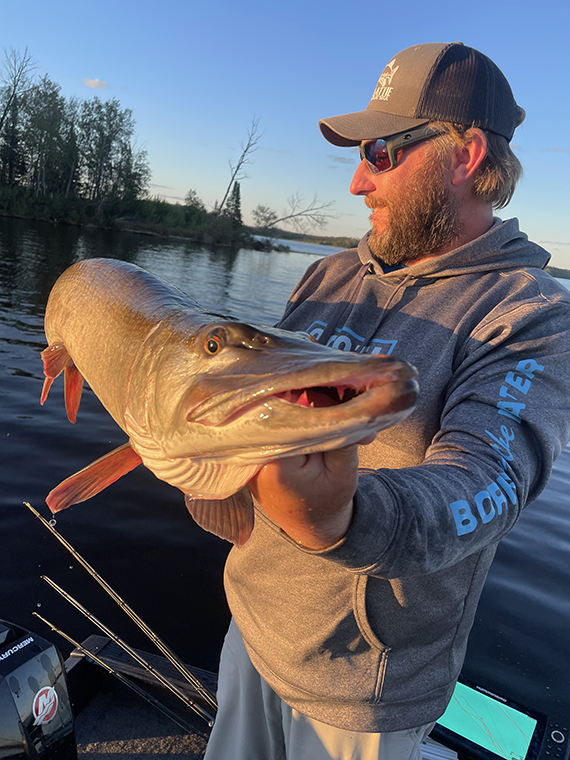
The first “rubber” muskie bait I ever bought (I call it rubber but the correct term is soft plastic) was a Musky Innovations Magnum Bull Dawg, widely known as a “Mag-Dawg.” The hype was well established and I was eager to use it. Having heard there’s no wrong way to fish a Bull Dawg, I experimented with retrieves as I worked the first spot of the day. I cast to the tip of an underwater rock point and began pulling the Dawg back with side sweeps, followed by a pause to reel up slack line. Mid-retrieve, I felt weight and set the hook.
The rod loaded and pulsed from heavy head shakes, followed by the unforgettable sight of a big muskie clearing the surface, gills flared, and my Bull Dawg pinned in the corner of its mouth. From their introduction in 1993, Bull Dawgs changed the game of muskie fishing. The last 30 years has seen the market flooded with every conceivable size and shape of rubber bait.
Tubes, Dawgs, and Medussas
Chaos’s Medussa and big tubes in the seven-to 12-inch range are also mainstays in the rubber game. The preferred method of fishing these baits is the pull-and-pause Chaos Medussa technique, for which the phrase rippin’ rubber was coined. Their large profile and lifelike appendages surge through the water, drawing attention. The pause provides an easy target, triggering strikes.
To fish deeper, count them down or use longer pauses. Shorter, more rapid rips keep them higher in the column. Rubber is very versatile when it comes to speed and depth. Experiment a lot.
An uncommon, but still effective way to fish Dawgs and Medussas is a straight retrieve.
The biggest muskie I’ve ever seen ate a pounder-sized Bull Dawg that was being jerk-trolled in the propwash, just under the surface.
The fish wasn’t landed, but I still call that spot “World Record Reef.”
Swim it
Swimbaits are a category all their own. Simply put, they look and swim like fish. With sizes ranging from six to 18 inches, swimbaits get the nod from opener until ice-up.
Notable baits include Chaos’s Poseidon, Musky Innovations Swimmin’ Dawg line and Ontario-made Waterwolf Lure’s Shadzilla family. The hollow body design of the Shadzilla gives it extra body movement and a more pronounced tail kick.
A client of mine brought the first magnum-sized Shadzilla I ever saw. At 12″ and ¾ of a pound, they’re a big bait. By the end of the trip, he landed a 50- and a 53-inch muskie on it. There’s not much more to say — big swimbaits work.
I typically straight retrieve all my swimbaits, varying depth and speed of retrieval. One exception is the Shallow Bull Dawg, which I rip over, around, and through weeds in the summer. This aggressive tactic triggers strikes and has become a staple for fishing summertime weeds.
Jig it
Bondy baits are another stand-alone category of muskie lures. Big, heavy, and streamlined, they’re made for jigging and they work exceptionally well.
If you’re not jigging for muskie, you’re missing out. Big tubes also work as well when jigged. Tubes can be rigged light to fish shallow or heavy to fish deep. There’s never a time in the season when I don’t have a tube ready to go. They are possibly the most versatile muskie lure available.
The appeal of rubber muskie baits is multi-faceted but remains rooted in their large profile and lifelike action. As a guide and muskie nut, I’m excited to see what 30 more years of ripping rubber will bring.
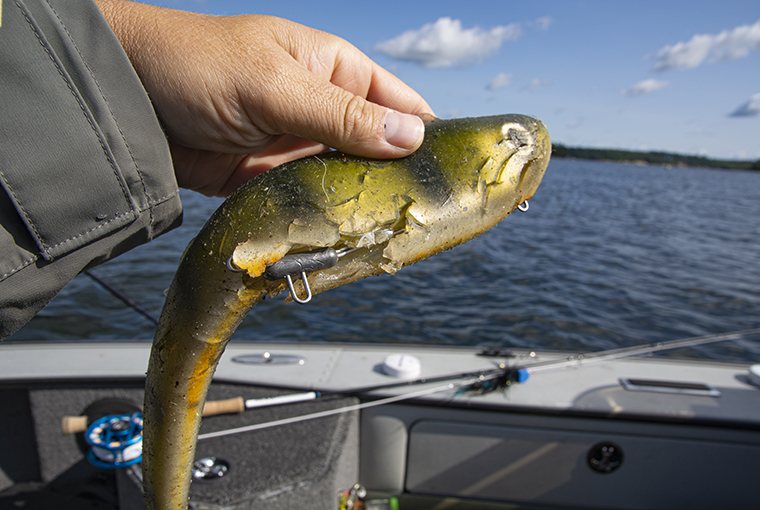
A swimbait that looks like a muskie fetch toy. I repair soft plastics in my shop by heating a utility knife blade with a blowtorch, then applying it to the tears to fuse the material.
Dress it up
Adding blade rigs to rubber baits brings vibration and flash. Hawg Collars are spinnerbait arms that pair well with swimbaits for both casting and trolling applications. Bull Dozer Blades are an inline blade option for the front of any type of rubber. I add a Colorado or willow blade to the tail treble hook of all my tubes.
Avoid a fouled cast
Soft baits tend to foul a lot on the cast. A hook will grab the leader or the tail of the bait, and it won’t run right. A trick I learned is to use a cast that can best be described as a lob. Begin by letting out a few feet of line. Mid-cast, touch the spool with your thumb to tighten up the line in flight, letting the bait pull away from the leader. If it still fouls, give some quick pops of the rod with the tip up high. Sometimes it’s enough to free the leader from the hook so your cast isn’t wasted.
Originally published in Ontario OUT of DOORS’ Fishing Annual 2024


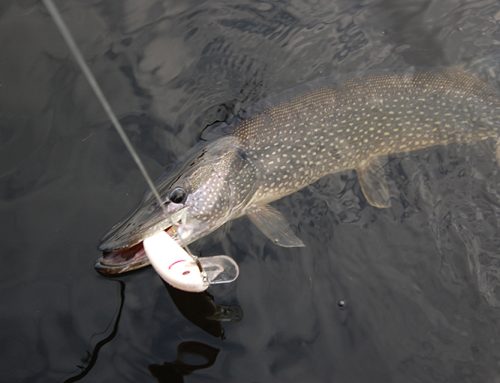
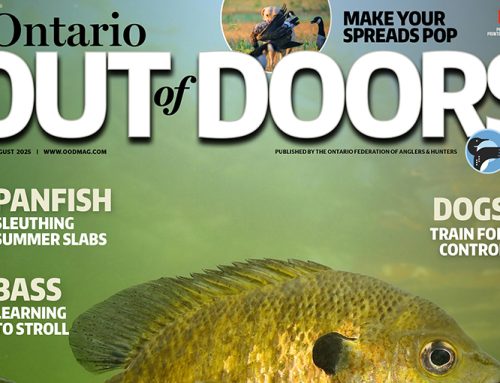
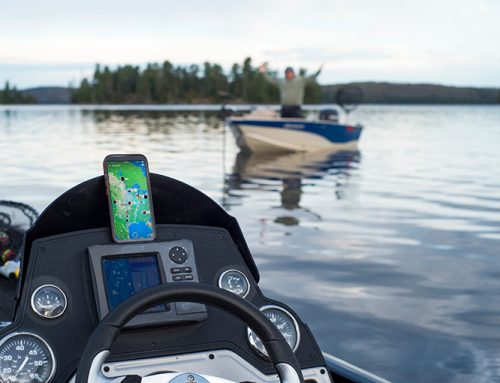
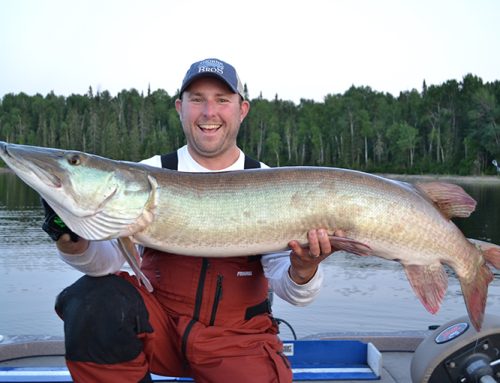
Leave A Comment